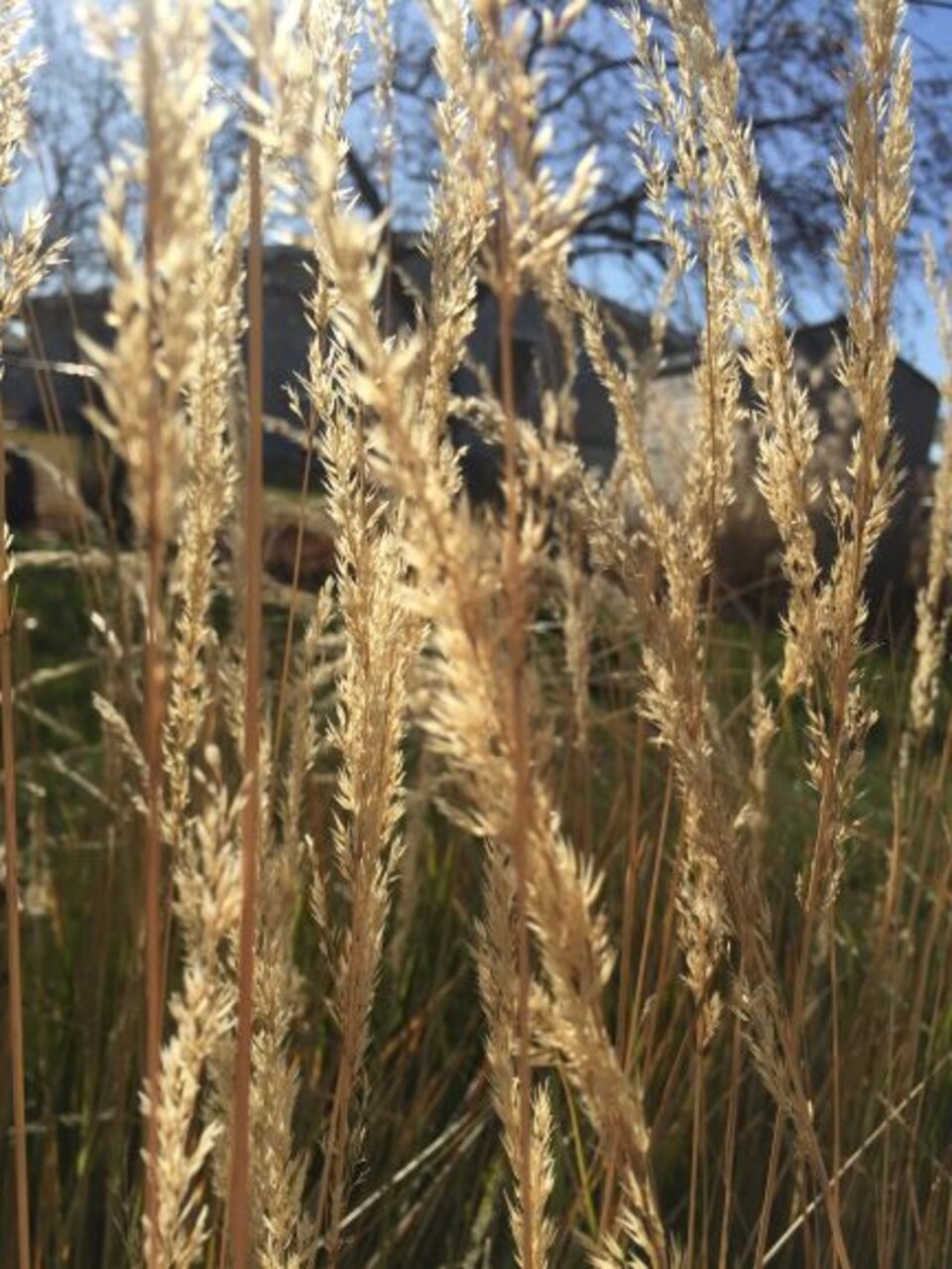Dry Weather, Dry Plants, Fire Risks

During winter, dry landscape plants that are not covered by snow or moistened by winter moisture could pose a potential fire hazard. This is especially true following dry summers and falls.
The dry tops of ornamental grasses left over winter. Dead conifers killed by insects or diseases. Dry tree leaves accumulating in yard corners and more. These could all become tinder and fuel for a carelessly discarded cigarette or possibly an electrical short.
It is often recommended to leave the tops of ornamental grasses over winter and wait to cut them back in early spring. While the tops are dead, the foliage and flowering plumes add color and motion to the winter landscape and overwintering sites for pollinators.
It’s wise to be aware the dried tops of ornamental grasses can be a fire hazard, especially if recent weather conditions have been dry. Leaving the dead tops of ornamental grasses near combustibles, such as a house or garage, may not always be wise.
Ornamental grasses, especially natives, are great landscape plants. They hold soil, help conserve water, provide wildlife cover, and tolerate weather extremes. Continue to use ornamental grasses in the landscape while maintaining awareness the dried tops can be combustible.
Pines and other trees that have died from insects or diseases will become very dry. Dead plant material is highly combustible. While we may not have to worry about lightning strikes during winter, it is wise to keep this potential fire risk in mind.
Whenever a tree dies from a pest, hire someone to cut the tree down and bury, chip or burn the tree as soon as possible. Not only will this help reduce fire risk, but it will also reduce the spread of the pest to nearby trees.
If burning is permitted and is the means used to discard pest infested wood, keep in mind current conditions. Always use precaution when burning. When conditions are dry, take extra precautions to reduce the risk of a fire spreading. Consider chipping the wood to use as mulch or burying it in place of burning.
And with dry conditions continuing, watering of landscape plants can continue as long as the soil is not frozen and temperatures are above 45 degrees Fahrenheit.
For information on fire safety around the home, see the Nebraska Forest Service guide “Living with Fire: A Homeowners Guide” (for Eastern Nebraska) at https://go.unl.edu/nfsfireprotection
This article was reviewed by Nicole Stoner